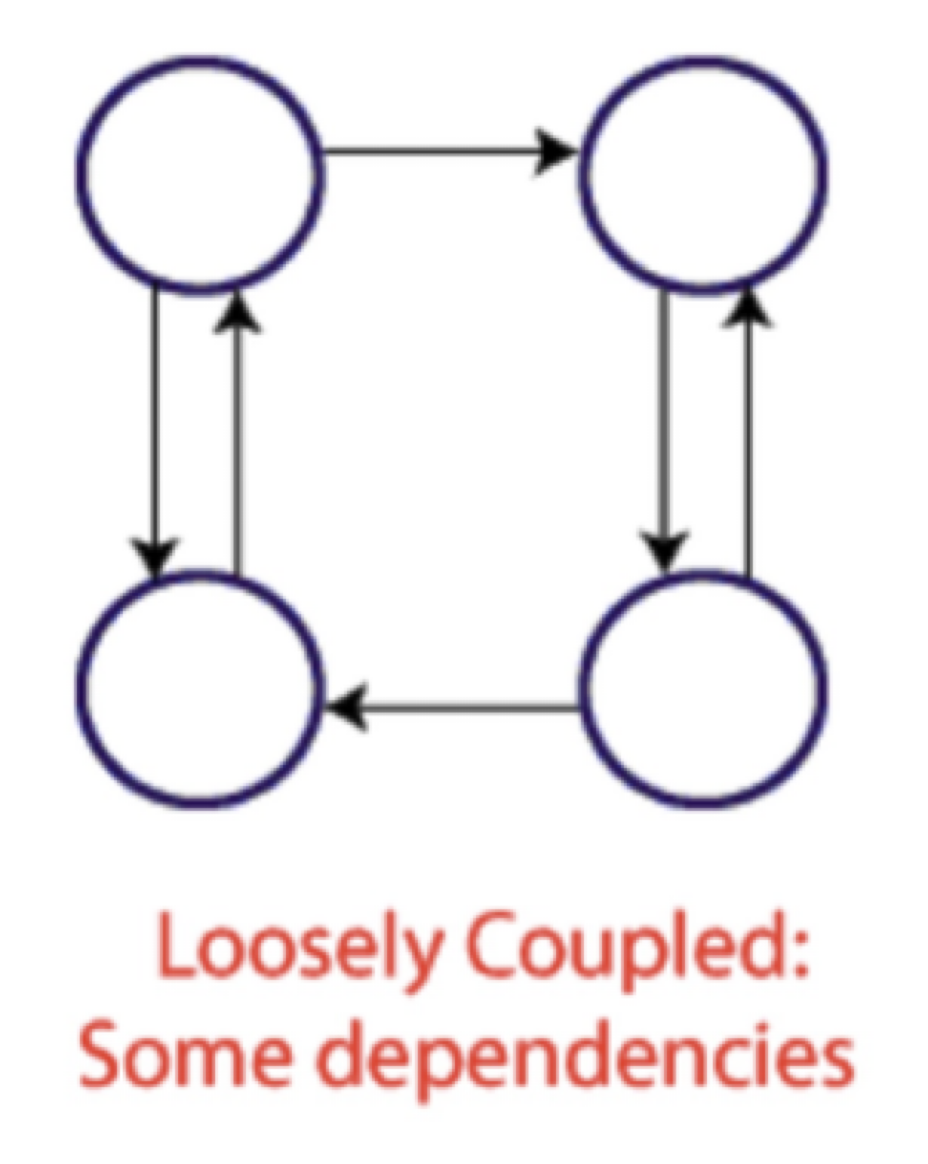High Autonomy in Building
In the first organizational design paradigm, the structure is meticulously engineered to prioritize autonomy in the crafting and upkeep of technical solutions.

Autonomy isn't just about giving teams the freedom to develop; it's about empowering them to own the solutions they create. Such a setup demands that teams, while operating independently in their technical domains, must come together to align on the broader objective of solving customer problems. This alignment across different units or teams ensures that, while technical ownership is decentralized, the focus on customer-centric problem-solving remains a cohesive effort. The strength of this approach lies in its flexibility. Each unit, with its deep understanding and ownership of technical components, can be easily substituted or reorganized without disrupting the others—akin to swapping out puzzle pieces without changing the puzzle itself.
Nicolay Worren, a renowned expert in organizational design, describes this model as exhibiting “loose coupling.” In such environments, units enjoy a high degree of autonomy, and decisions made within these units have minimal ripple effects on others. Loose coupling is also a major cornerstone of designing Agile organizations, as mentioned in the book Creating Agile Organizations by Cesario Ramos and Ilia Pavlichenko.

In short, such an organizational design promotes a high level of individual autonomy and lower levels of team alignment.